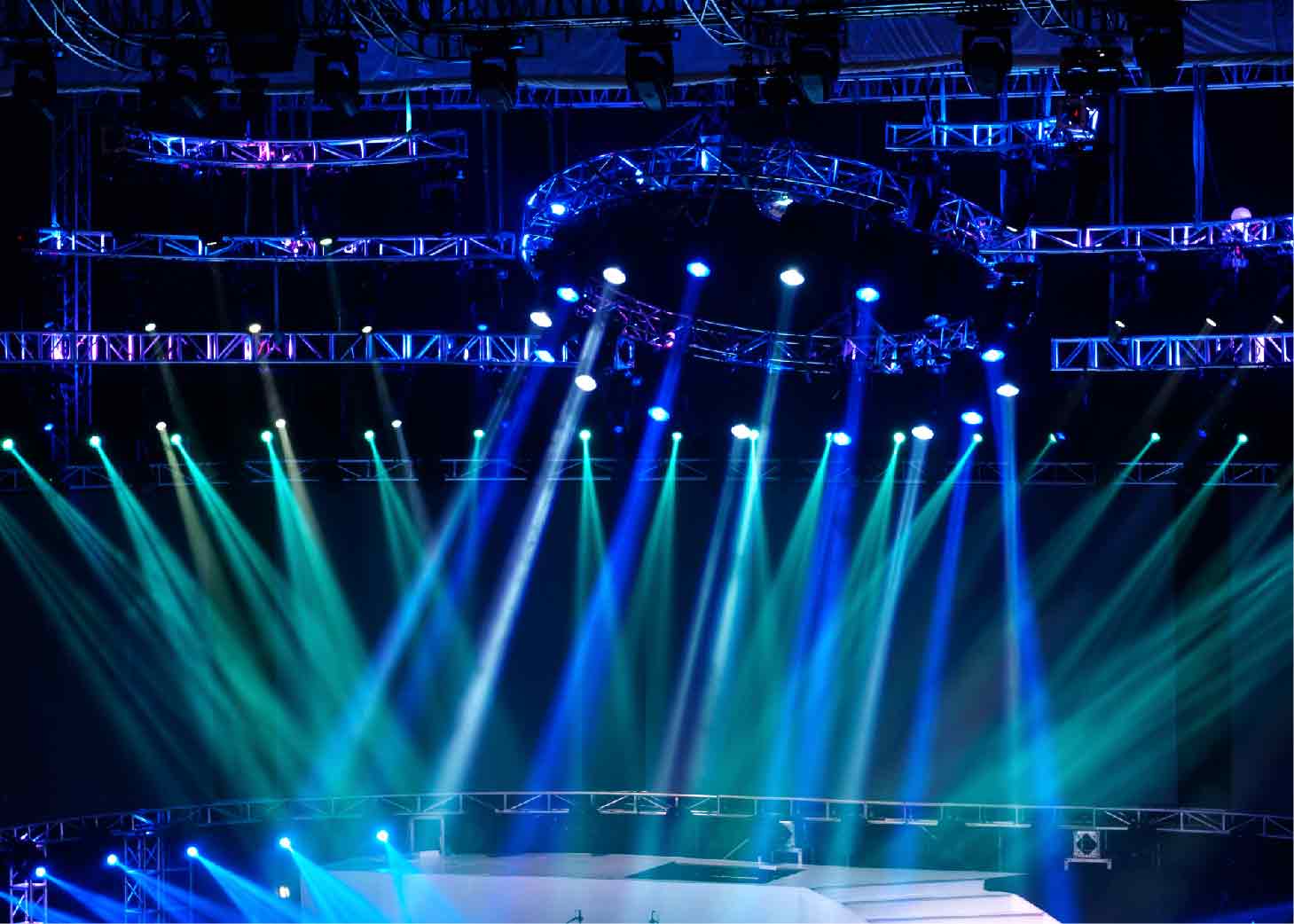Emerging Technologies to Prioritize While Reopening Your Venue to Fans
Technology is the connective tissue that links all departments together within a sports organization. Teams now leverage an entire stack of solutions across video, cloud, networking, security, data, and analytics to create dynamic environments and personalized experiences for fans re-emerging in venues as the pandemic continues its downslope in the United States.
Food and beverage programs, in particular, have been reimagined in the sports setting. Throughout the pandemic, the adoption of trends such as mobile ordering and self-service markets has accelerated to increase throughput without sacrificing quality or flavor. New technology-enabled solutions promote contactless service and frictionless experiences at scale across all venue levels, aiming to increase revenues, operational efficiencies, and fan satisfaction.
But during a recent ALSD Webinar, we learned there’s a lot to consider, from the changes being managed, problems being solved, and downstream impacts being considered to improve building operations and the bottom line.
Acceleration of Existing Trends
The sports landscape is rapidly evolving, and fan expectations are changing. In the past 18 months, a lot of fans, for example, have tried Instacart or Uber Eats for the first time. But while it would be easy to point to recent consumer demands for contactless transactions and social distancing, in truth, these trends were placing before COVID-19. Before quarantine life, the likes of Netflix and Amazon well established a seamless, on-demand world. It was past time to bring these ideas into the ballpark.
“A lot of these problems existed before the pandemic,” says Bill Walsh, Vice President of Strategy & Development for the Tampa Bay Rays. “But in general, we’ve seen a rapid acceleration from vendors and teams, and also from fans in terms of what their expectations are.”
“What the pandemic allowed us to do is accelerate a lot of the campaigns and technology that we were going to put out there anyway,” echoes Robert Cordova, Chief Technology & Strategy Officer for the Milwaukee Bucks. “Instead of three years down the road, it became this year.”
Mobile F&B Experiences
It’s never a good idea to invest in technology for technology’s sake or to promote a shiny new object in a press release. It has to first solve a problem. For sports teams, compelling mobile experiences are solving the problem of identifying who (both demographics and psychographics) is in the venue and what they are doing while in the venue, unlocking downstream sales and conversions.
Technology is also improving fan experiences by removing friction, adding elements of personalization, and allowing guests to wait less in line or not at all. All of these things drive increased spend.
While the available tech is great, teams also have to change their F&B operations in venues originally designed with belly-up concessions, restaurants, and hawking. To pull off conveniences like express pickup and in-seat delivery, venue managers must rearrange flows of fans and reconfigure operations to support the new paradigm of mobile ordering.
Food Lockers
In Milwaukee, the Bucks launched a new locker program earlier this year at Fiserv Forum, where fans order food and beverages on their smartphone or at self-service kiosks and receive a push notification when their orders are ready for pickup. The arena’s 850 digital signs help direct hungry fans to pick-up locations where retrieval is simple, and the only contact is with a Bucks employee who scans a QR code on the fan’s mobile device.
“We have a lot of digital signs, explaining where to stand in line and what cubby hole is associated with your name – first name, last initial,” Cordova says. “Once you’re scanned, you come off the board. We want to make it as intuitive as possible, leveraging our existing Cisco digital signs.”
Now fans don’t have to go to multiple lines to get pizza for their daughter, a pretzel for their spouse, and a beer for themselves. It’s all one touchpoint now.
Touchscreen Kiosks
In 2018, the Tampa Bay Rays took the first step at Tropicana Field towards being a cashless, cashier-less venue. In a formerly congested social space in center field with many popular food items served off portables, 100% of orders are now made on 25 touchscreen kiosks.
“We saw a lot of success with that,” says Walsh. “And it became a gateway into accelerating growth in that area, allowing for higher sales volumes.”
Phase two of the Rays’ mobile ordering strategy launched in 2019, and now, mobile ordering is available for every seat in the ballpark, accompanied by express pickup. Ten to fifteen percent of volume in Tropicana Field is now via mobile ordering and trending upwards.
“The kiosks are a nice piece of technology,” Walsh continues. “But we view them as a bridge technology. The best kiosk is the one in your pocket.”
Grab-and-Go Marketplaces
Sports business professionals have been reading a lot about markets in recent months. There are two different types of markets – traditional self-checkout (grab something, scan it yourself, and walk out) and the next-gen “just walk out” experience.
“I think what we’re going to see is a hybrid approach, try a little bit of this, try a little bit of that, and see what scales,” says Sandeep Satish, Vice President of Strategy & Analytics at E15 – the analytics arm of Levy.
The Bucks will soon trial grab-and-go markets, allowing fans to come into the building and grab food as part of the natural flow of going to their seats.
Tech as the Convergence
The results of these programs are hard to argue against.
“We have seen phenomenal per-cap growth this year, and I think there’s a lot of reasons that are behind that. A post-covid boom in spending is behind that too,” Walsh says. “But in general, when we start to pick it apart, we do see a lot of connections to increased basket sizes, higher conversion rates, 20% to 30% higher transaction amounts driven by a lot of the new technology we’ve deployed.”
The next frontier for the sports venue marketplace includes an exciting mix of automation, robotics, and biometrics, in addition to the continued proliferation of mobile adoption. But whether emerging or old-line technology, the governing fundamentals are the same.
“My advice as teams go down this journey is to consider what systems you have in place that you can build on today, what systems may require a wholesale change, and how do they all tie to each other,” says Satish.
Because whether it’s ticketing, entering the venue seamlessly and safely, or ordering a warm hot dog and cold beer, it all ties to technology. Technology is the convergence of the modern sports and entertainment experience.
The 31st Annual ALSD Conference and Tradeshow, to be held August 15-17 at the ARIA Resort & Casino in Las Vegas, will feature a technology track to continue exploring these trends and case studies with attendees. For more information on ALSD 2021, visit ALSD.com/conference




